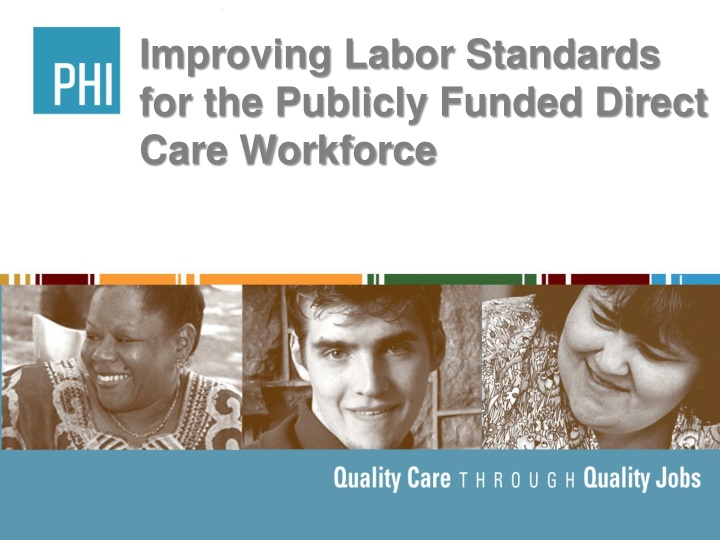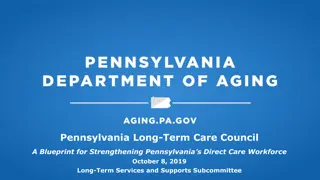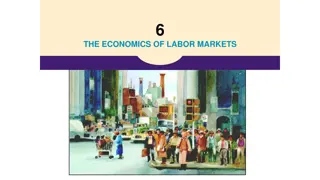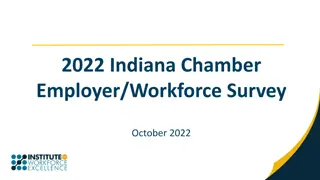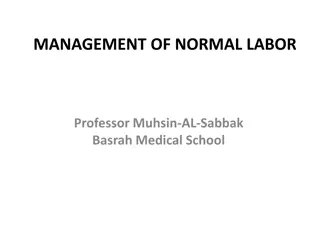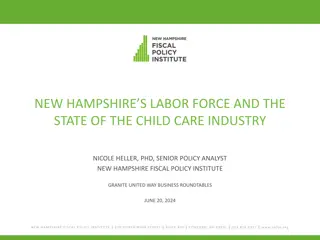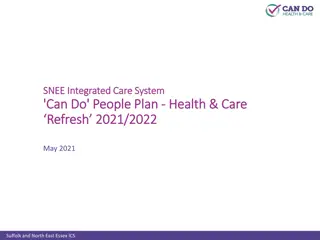Improving Labor Standards for Direct Care Workforce
This content provides insights into efforts by PHI to enhance labor standards for publicly funded direct care workers, aiming to elevate the quality of services and support. It covers workforce demographics, hourly wages, financing details, and a comparison of caregiver pay. The focus is on advocating for better workplace practices and policy solutions to uplift this crucial workforce.
Uploaded on Feb 25, 2025 | 1 Views
Download Presentation

Please find below an Image/Link to download the presentation.
The content on the website is provided AS IS for your information and personal use only. It may not be sold, licensed, or shared on other websites without obtaining consent from the author.If you encounter any issues during the download, it is possible that the publisher has removed the file from their server.
You are allowed to download the files provided on this website for personal or commercial use, subject to the condition that they are used lawfully. All files are the property of their respective owners.
The content on the website is provided AS IS for your information and personal use only. It may not be sold, licensed, or shared on other websites without obtaining consent from the author.
E N D
Presentation Transcript
Improving Labor Standards for the Publicly Funded Direct Care Workforce
PHI ~ Quality Care through Quality Jobs PHI works to improve jobs for direct-care workers in order to improve quality of supports and services PHI works with all LTSS stakeholders consumers, workers, employers/providers, organized labor, policymakers, researchers Workplace practices and policy solutions
DCW at a Glance (2011) Female ~ 89% Average age in home health care is 45 47% are white; 30% are African- American; 16% are Latino Foreign born ~ 21% Some college or a degree ~ 46% One in 12 low-wage workers is a DCW Source: US Census Current Population Survey analysis done by PHI
United States: Median Hourly Wages for Direct-Care Workers, 2012 Source: PHI analysis of BLS/OES
Medicaid Funds for LTSS State & Federal Tax Dollars (~$134 billion in 2012) States Managed Care Plans Employers (average rate $21/hour) Workers (average wage $9.50/hour)
Comparing Cost of Home Care Services and Caregiver Pay, 2008 Type of Service National Average Cost of Services (per hour) National Average Starting Pay for Caregivers (per hour) Companionship $18.75 $8.92 Homemaker Services $18.90 $9.10 Personal Care $19.82 $9.69 Home Health Services $22.37 $11.78 Source: National Private Duty Association (2009) State of Caregiving Industry Survey, Executive Summary. Available at: NPDA State of Caregiving Industry via PHI, Caring in America
New York City: Medicaid Redesign Spurs Action on Worker Wages Employment relationships: LHCSAs (indirect payments from state), home attendant agencies (payment by city) NYC living wage law; unionization Managed care companies/Integration
Home Care Aide Worker Parity Law Proposed by the Governor as an amendment to the state budget Downstate metropolitan counties NYC, Nassau, Suffolk, & Westchester Increased in three increments to $10/hour on 3/1/14. Requires $4.09 additional in benefits.
Maryland Maryland Minimum Wage Act of 2014 (HB 295) Requires a 3.5% increase in reimbursement rates to agencies, and requires that it be spent on wages Public funding an opportunity & a challenge
Public Authorities for Home Care Workers Public agency that provides an organizing framework for independent home care workers (OR, CA) Acts as the employer of record Collective bargaining agreement Provides training and a registry Fragmented workforce without a worksite and high turnover hard to organize.
For more information, contact: Gail MacInnes, National Policy Analyst gmacinnes@phinational.org Visit PHI PolicyWorks at: www.phinational.org/policy
